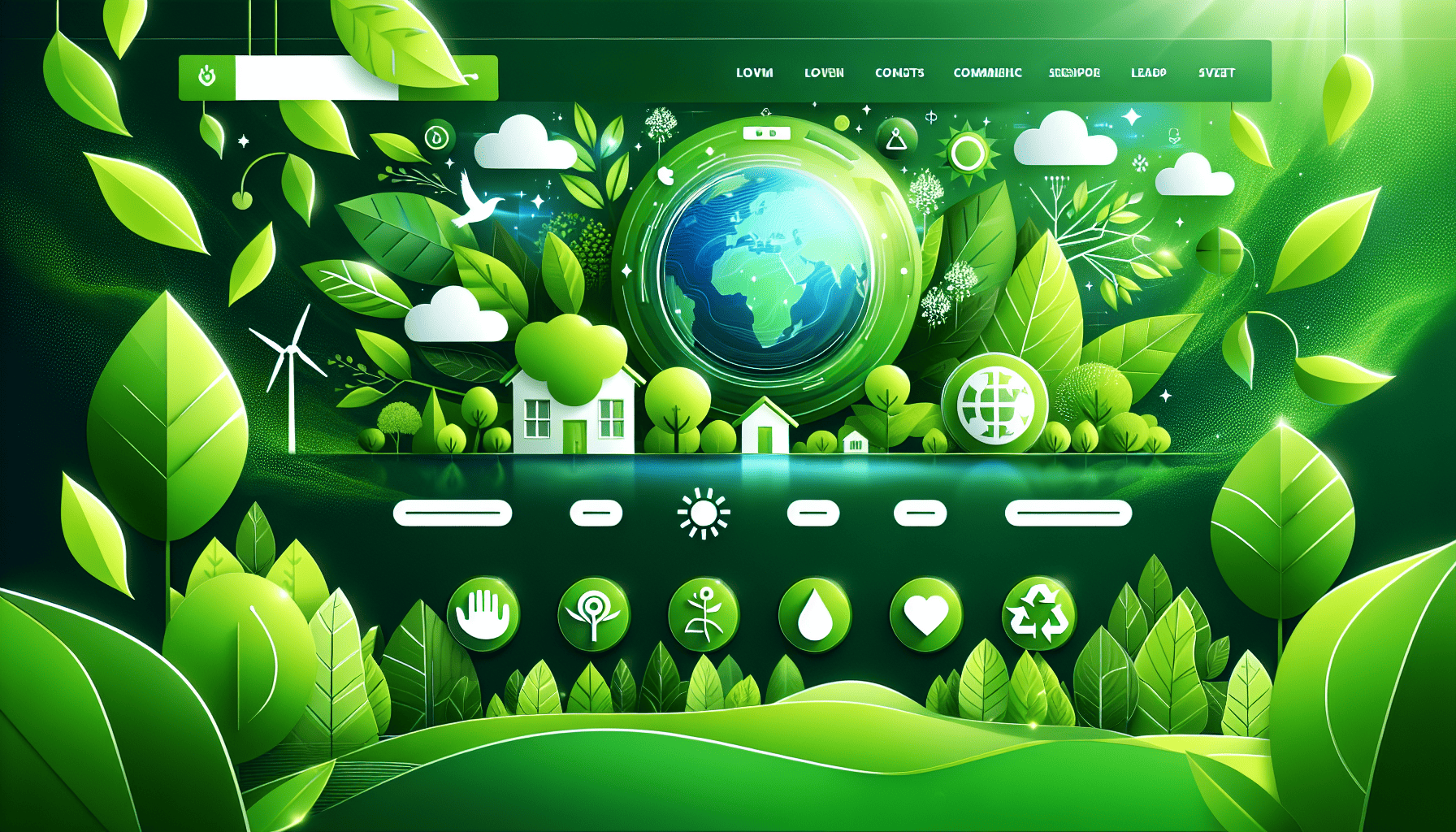In an age where sustainability is a crucial consideration in nearly every industry, the digital realm is no exception. As the demand for online services and web presence grows, so does the energy consumption associated with web design and browsing. Sustainable web design is an emerging field that addresses this issue by advocating for practices that minimize the environmental impact of web development.
A significant portion of our digital carbon footprint comes from websites. Every web page visited requires servers to run, and these servers need electricity, often powered by fossil fuels, contributing to carbon emissions. Sustainable web design seeks to mitigate these emissions through a combination of efficiency and innovation.
One of the key principles of sustainable web design is optimizing performance. Reducing the size of files and images on a website can considerably diminish load times and, consequently, the amount of energy used. Compressing images and using modern file formats such as WebP provides a balance between size and quality. Moreover, utilizing vectors instead of raster graphics, where applicable, allows for scalability without increasing file size.
In addition to optimizing assets, efficient coding practices can significantly impact a website’s sustainability. Clean, minimalistic code eliminates redundancy, reducing the server's workload. This approach not only enhances performance but also boosts search engine optimization, potentially increasing the site's reach while maintaining a low environmental impact.
Another important aspect of sustainable web design is server efficiency. Select hosting providers that prioritize renewable energy sources. Many providers now offer green hosting solutions that ensure their data centers are powered by sustainable energy, drastically cutting down CO2 emissions associated with maintaining websites.
Designing user-friendly navigation is crucial in sustainable web design. Simplified user journeys mean visitors can find the information they need quickly, decreasing the time spent on the server. This not only improves user experience but also conserves energy, as less data needs to be processed and transmitted.
Furthermore, consider implementing lazy loading for images and videos. This technique ensures that a website only loads media content as it is needed, preventing the unnecessary consumption of resources and enhancing load times. Similarly, using static site generators can help create lightweight, efficient websites that require fewer server resources.
Adopting a critical approach to functionalities and plugins is also essential. While they may add interactivity and convenience, every additional feature increases the server's load. Therefore, it is advisable to prioritize necessary functionalities and find alternative solutions that do not compromise user experience or site performance.
Lastly, creating sustainable web content is another important facet of eco-friendly web design. This involves crafting content that is clear, concise, and accessible, making it easier to digest. Implementing responsive design ensures that websites are mobile-friendly and accessible across different devices, further broadening their reach with minimal resource consumption.
By integrating these sustainable web design practices, developers and businesses can contribute to a greener internet. This not only aligns their operations with contemporary environmental values but also sets an example for consumers and competitors alike. The transition to sustainable web design is an opportunity to innovate without compromising style, ensuring that our digital interactions remain efficient and eco-conscious for generations to come.
